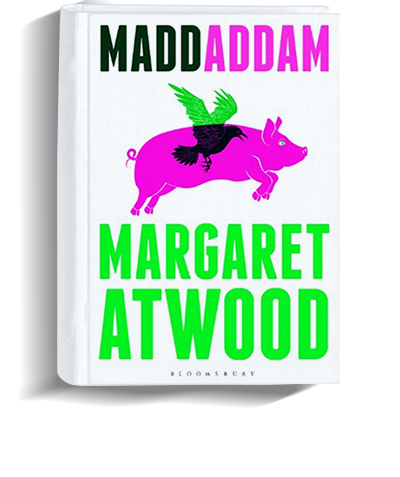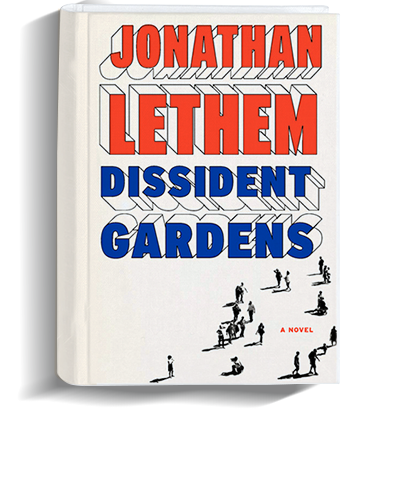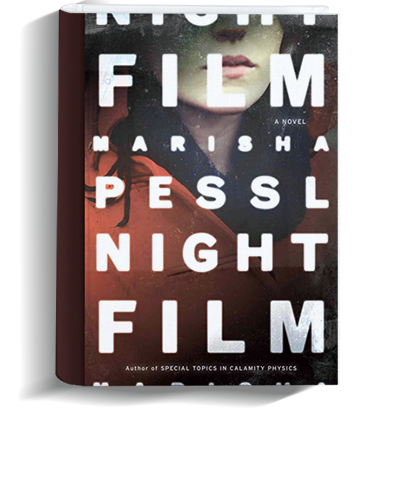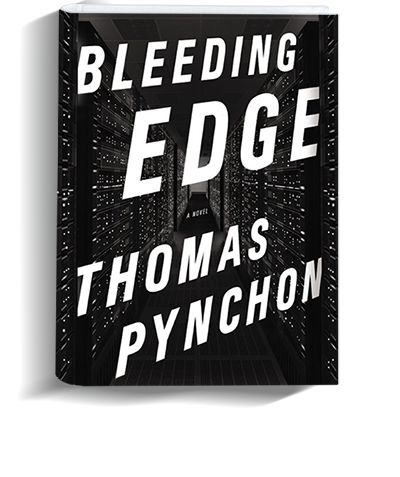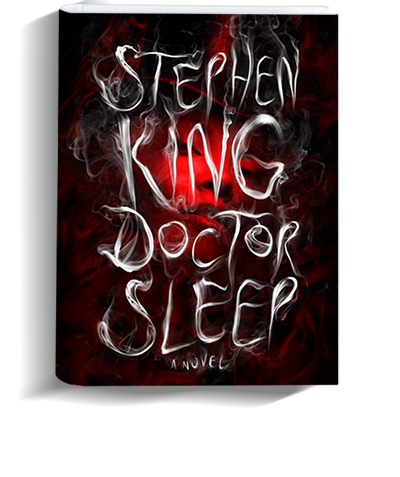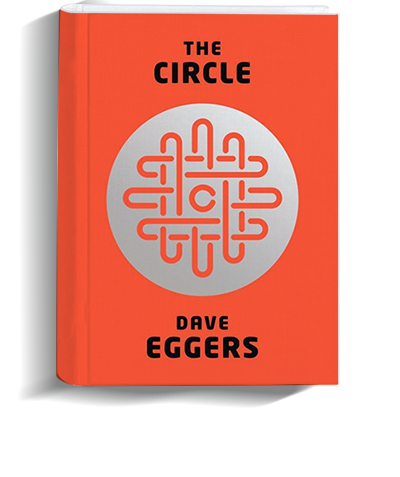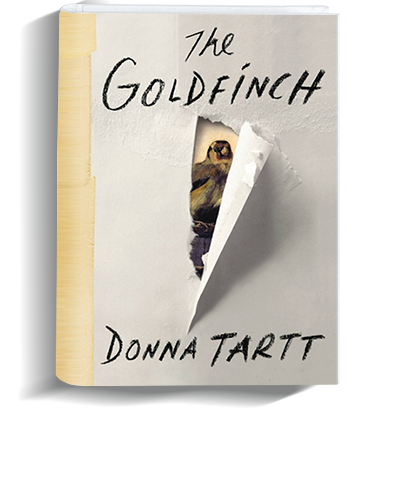 lead 5mov
lead 5mov
Lizzie Skurnick knows YA (young adult) literature. In addition to having written fiction for the popular Sweet Valley High, Alias, and Love Stories series of books, Skurnick was the author of the popular Jezebel column “Fine Lines,” which also served as the basis for her non-fiction book, Shelf Discovery: The Teen Classics We Never Stopped Reading. So it wasn’t a huge surprise when she launched her own publishing imprint – Lizzie Skurnick Books – this past fall to bring out-of-print young adult fiction back to book shelves. But it was certainly welcome.
The books are released monthly, and the first two books in the series, Lois Duncan’s Debutante Hill and Ellen Conford’s To All My Fans, With Love, From Sylvie, are both highly readable, enjoyable fiction for the early teen range of readers. November’s selection is A Long Day in November, an early work by National Book Critics Circle Award-winning author Ernest J. Gaines. Lizzie took the time to answer some questions about how she chooses her books and why they’re works that should endure.
The first book you published in August was Lois Duncan’s Debutante Hill. I was a huge Lois Duncan fan when I was a kid but had never heard of this one. So why did you choose it?
Most readers know Lois for her thrillers, but in her early career she wrote quite a bit of realist fiction that had fallen out of print. I wanted to bring back the missing part of her oeuvre that most readers today had never had a chance to even see.
It’s also the first book Lois ever published. I thought it would be great to lead the launch of Lizzie Skurnick Books with her first book.
Coincidentally, Lois’ latest book, One to the Wolves, about the unsolved murder of her daughter, Kaitlyn, came out this fall. Strangely, there are parallel themes in both, although, of course, the latter is far more tragic. Lois talks quite a bit about the books on Facebook, for interested readers.
A lot of people probably tend to think of young adult literature as rather disposable, part of an in-between phase from classic children’s books to adult literature, with a few exceptions like, say, Judy Blume. But the books of our adolescence also really can stay with us (I am terrified of cocaine to this day because of Sweet Valley High #40). Your reprints bring a lot of these books back which may have been neglected. Why is that important to you?
For those of us who grew up with these books, and know how complex and affecting — and, of course, well-written they are — it’s insulting to the authors and the works to have them out of print, especially when all of us are actively trading them on Amazon and eBay and at yard sales, or wherever we can find them.
“It’s as if your plumber suddenly told you you weren’t warming up for your jog correctly.”
I do think the assumption that all these books — mostly read by girls, and mostly written by women — is “light” is part of a larger problem in the book world about devaluing books by women in general. I’m a book critic too — for everyone from NPR to the NYTBR — and it seems to me that the problem lies with critics who don’t read enough, and not with the writers themselves. The lack of attention to various genres and periods and authors is troubling. I mean, I don’t review military history, or literature in translation, because I don’t read enough of it to have a good sense of the entire canon to give an author his or her due. But you’d be shocked to see how critics who are almost entirely unfamiliar with a given genre feel free to discourse on it. It’s as if your plumber suddenly told you you weren’t warming up for your jog correctly.
We were so lucky that plenty of people in the press were familiar with the books, and were so excited to have a chance to revisit them. All of those critics, save one, were women.
I’ve had libraries refuse to stock the books when readers come in and ask for them, and independent bookstores tell us that they didn’t think readers would be interested in one book a month, even though we actually had to set up a subscription service months in advance because readers were already clamoring for it.
So it’s great to have a chance to bring back a school of literature readers champion, even if certain gatekeepers can be a little dunderheaded about it.
Do you hope that your readers are mostly young adults, or do you think that they’re often adults (like me) who remember a lot of these books?
One of the great thing about books that get second and third lives is seeing them find new audiences you’d never expect, and in the case of each book, it’s unique. Obviously, a big part of my goal was to have the books available to all the readers who were already asking for them — which is rare in reprints or in new books, frankly. But I can’t wait to see who picks up the books as well. I remember when I published a book of poetry many years ago, almost all the people who wrote me about it were lawyers. (It was so funny to see that “privileged information” signature on their emails.) For my “That Should Be a Word” column, I get quite a few grandparents sending me their grandchildren’s creations, and mathematicians and engineers who enjoy the technical side of wordplay. You just never know!
How have you gone about choosing the books? Are they simply personal favorites?
When I started writing the “Fine Lines” column for Jezebel about lost classics, I remember making up an Amazon list of books for my editor to order and being shocked at how almost every single one was out of a print. I’ve now been thinking about the genre, the authors, and its various schools for a good seven years, so it’s a mix of my personal favorites and a kind of independent taxonomy I developed, as well as, of course, the authors who were enthusiastic about being part of a series like this.
Readers have also alerted me to books going out of print that I’d been keeping an eye on. It’s not like a publisher sends out a company-wide bulletin. We’re about to do a second round of choosing, and that one is heavily influenced by books readers have brought to my attention.
Your launch event for Debutante Hill featured Lois Duncan. Have you found authors excited to be reprinted in a new series like this?
“One of the greatest joys of this series has been reintroducing authors to an audience they didn’t know they still had.”
Yes, very much so. When you’re an author in a changing market, you’re really flying blind. I’m lucky enough to have worked in pretty much every aspect of publishing and writing, so I’m in the unique position of being able to see my writers’ concerns, as well as the concerns of our publisher, the agents, the reporters and critics who cover us, and even our presence on social media.
But when you’re an author with 50 books under her belt who’s gone from having her books made into movies to seeing them fall out of favor, you don’t know what’s going on. How can you know you’re beloved by scores of readers who can quote you from memory?
One of the greatest joys of this series has been reintroducing authors to an audience they didn’t know they still had, as well as getting them press so new readers can find them.
The cover art for these books is fantastic and very attractive — they look classic without being too “retro.” How involved in that have you been and what about their appearance was important to you?
That cover design is due to the genius of Eric Gordon. Eric and I started working together almost a decade ago. He’d designed a masthead for his friend’s blog, which I read, and I immediately contacted him and asked if he’d design mine, Old Hag. Then all of my writer-friends contacted him to do their sites. His most recent one is for The Book of Jezebel.
When we started this series, I didn’t want anyone but Eric to do it, because he’s wonderful at synthesizing an aesthetic while creating something entirely new. (He’s also great to work with.) I sent him to my trove of 700 covers, and handed him lots of confusing and contradictory information, which, because he is great, he was nonetheless able to fashion into our look.
You can read Eric’s view of the design process here and here.
What forthcoming title are you most excited about?
I’m excited about all of them! Truly. I would mention two in particular, though: Berthe Amoss’ Secret Lives, and Brenda Wilkinson’s Ludell series. Those books were favorites of mine, huge favorites, but they weren’t as widely known as some of our other books. It’s important to me to make sure that those kind of books find new readers as well.
When I was a kid, my mom thought a lot of what I read was fairly junky. Do you think there’s a legitimate distinction to be made there, and what value is there to “guilty” reading pleasures — scary stories, etc.?
Oh, I don’t think of these books as guilty pleasures at all. (Though I confess a love for the Sunfire series, which anyone can call junky, though I can also go on about how hard it is to write good so-called “junk.”) You can learn so much about craft and skill from a writer like Duncan, or Sydney Taylor, or Brenda Wilkinson, or any writer on this list. Their works are as singular and accomplished as anything else you can find in the bookstore, and, frankly, better than most — because they’re also great stories.
It’s why I get so thrilled when I find great contemporary literature for adults that fits that same bill — like, say, Elizabeth Gilbert’s latest, or anything by Alice Munro, or something by a great writer I discovered recently, Manu Joseph. I swear, I’m holding them to the standard established by these writers I read earlier, not the other way around.
]]>



















